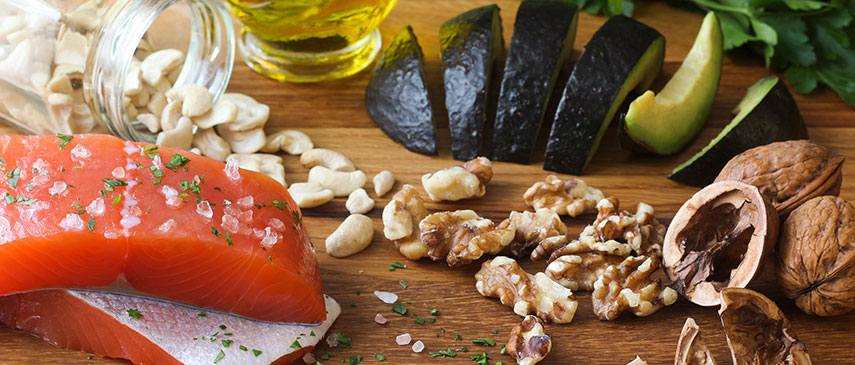The role of nutrition in reducing pain and inflammation

Do you suffer from frequent pain and stiffness in your muscles or joints? Often, this type of pain can be traced back to inflammation related to a chronic condition, such as arthritis. Whether you have been diagnosed with a condition like this or suffer from general achiness in your back or joints, you can try improving your diet to help.
Foods to avoid
Did you know that certain types of foods can cause an increase in inflammation? That’s right. Eating healthy is not just for maintaining an ideal weight or to lower your cholesterol. Eating healthy helps you avoid foods that encourage inflammation.
To help reduce inflammation, try avoiding these ingredients or foods:
- Trans fat
- Sugar
- Preservatives
- Saturated fat
- Red meat
- White bread
- White rice
- Fried food
- Semolina pasta
Foods to include
Many of the foods in the list above might be foods you love and are hard to say goodbye to. However, there are plenty of other foods you can enjoy that help you reduce inflammation and have other positive health effects. Some foods you need to start including more of in your diet include:
- Whole-grain bread
- Brown rice
- Wheat or soy pasta
- Fresh fish
- Fresh poultry
- Fiber-rich vegetables
- Greek yogurt
- Salsa
- Olive oil
Also, when preparing your food, avoid using methods like deep-frying them. Instead, you should grill, roast or steam food to help get the most out of your anti-inflammatory meals.
What else helps with inflammation?
Besides the main portions of your meals, some condiments, supplements and teas can help your body fight inflammation, including:
- Turmeric
- Ginger
- Black pepper
- Green tea
- Omega-3 fish oil supplements
Visit Franklin Rehabilitation for help with your aches and pains
Despite improving your diet, pain and inflammation can still persist if your condition has advanced enough. When you can’t manage pain or inflammation on your own, you should talk to a physical therapist for assistance.
Our physical therapists at Franklin use a variety of techniques to develop a personalized treatment routine that can help you manage your pain, reduce inflammation and improve your range of motion. What’s more, you can begin physical therapy without the need for a doctor’s referral.
Are you ready to learn more about treating your aches and pains with physical therapy? Contact us today for more information or to schedule an initial appointment.
